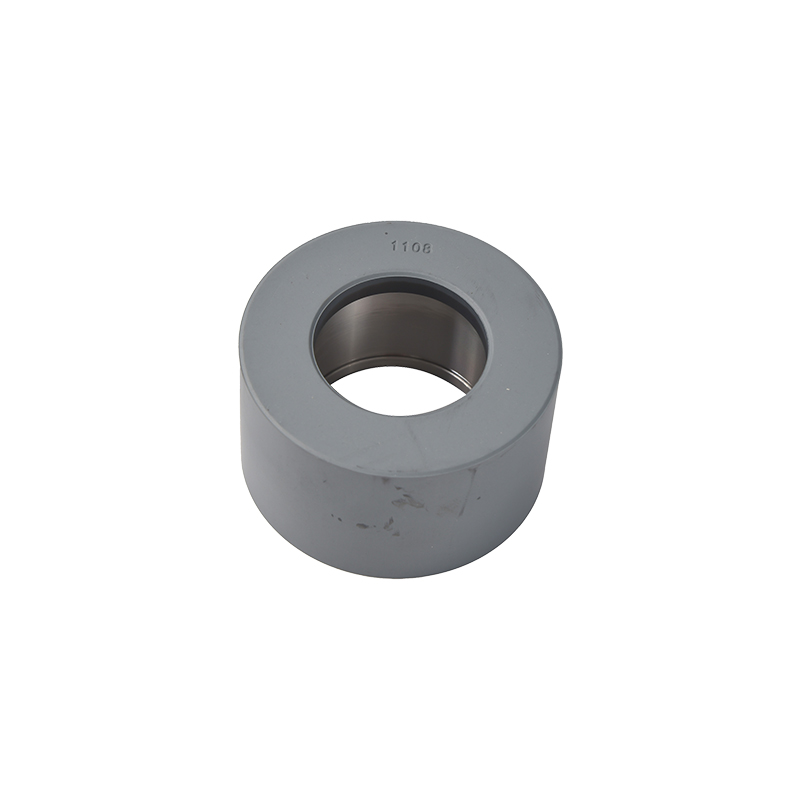The tensioner is mainly composed of a fixed casing, a tensioning arm, a wheel body, a torsion spring, a rolling bearing, and a spring bushing.
Belt tensioner pulley is a worn part of automobiles and other spare parts. The belt is easy to be stretched after a long time. Some tensioners can automatically adjust the tension of the belt. In addition, with the tensioner, the belt runs more smoothly and has less noise. , and prevent slipping. The function of the tensioner of the automobile is to adjust the tightness of the timing belt. Generally, it is replaced with a timing belt to avoid worries. The structure and principle of the torque and resistance of the tensioner of the automobile tensioner In the actual use process, the tensioner needs a certain torque in order to maintain the proper tension of the belt, avoid belt slippage, compensate for the elongation caused by the wear and aging of the belt. When the belt tensioner is running, the moving belt can cause vibrations in the tensioner, causing premature wear of the belt and tensioner. To this end, add a resistance mechanism to the tensioner. However, because there are many parameters affecting the torque and resistance of the tensioner, and the influence of each parameter is not the same, the relationship between the various components of the tensioner and the torque and resistance is very complicated. The change of torque directly affects the change of resistance, and it is the main influencing factor of resistance. The main factor affecting torque is the parameter of the torsion spring. Appropriately reducing the pitch diameter of the torsion spring can increase the resistance value of the tensioner.


 简体中文
简体中文 English
English













